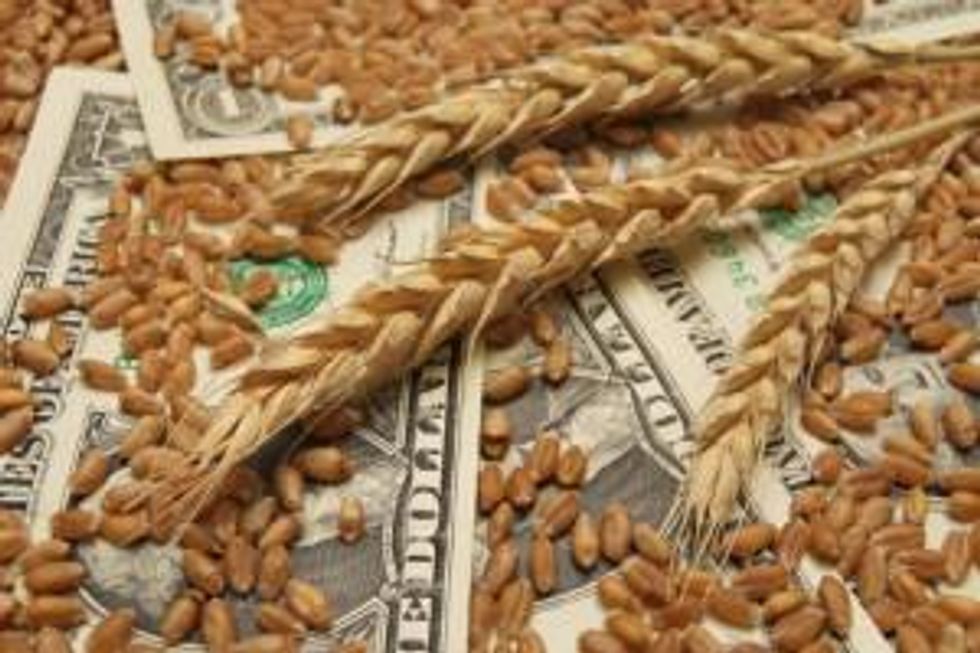- AustraliaNorth AmericaWorld
Investing News NetworkYour trusted source for investing success
- Lithium Outlook
- Oil and Gas Outlook
- Gold Outlook Report
- Uranium Outlook
- Rare Earths Outlook
- All Outlook Reports
- Top Generative AI Stocks
- Top EV Stocks
- Biggest AI Companies
- Biggest Blockchain Stocks
- Biggest Cryptocurrency-mining Stocks
- Biggest Cybersecurity Companies
- Biggest Robotics Companies
- Biggest Social Media Companies
- Biggest Technology ETFs
- Artificial Intellgience ETFs
- Robotics ETFs
- Canadian Cryptocurrency ETFs
- Artificial Intelligence Outlook
- EV Outlook
- Cleantech Outlook
- Crypto Outlook
- Tech Outlook
- All Market Outlook Reports
- Cannabis Weekly Round-Up
- Top Alzheimer's Treatment Stocks
- Top Biotech Stocks
- Top Plant-based Food Stocks
- Biggest Cannabis Stocks
- Biggest Pharma Stocks
- Longevity Stocks to Watch
- Psychedelics Stocks to Watch
- Top Cobalt Stocks
- Small Biotech ETFs to Watch
- Top Life Science ETFs
- Biggest Pharmaceutical ETFs
- Life Science Outlook
- Biotech Outlook
- Cannabis Outlook
- Pharma Outlook
- Psychedelics Outlook
- All Market Outlook Reports
Investing in Soft Commodities: Outlook for 2012 and Investment Options
In part 2 of Investing in Soft Commodities we have a look at the 2012 market outlook and a selection of investment options available.
By James Wellstead – Exclusive to Resource Investing News
Agricultural commodity research firm Hackett Financial Advisors are projecting a dip in agricultural commodities in 2012, measured in a continuous commodity index, in response to the rebound of bumper crops boosting global production levels alongside continued uncertainty emanating from the euro region. Dutch Rabobank mirrored these sentiments for 2012, forecasting that prices are likely to come down below both the 2011 and 2008-09 highs, but will remain in bull market territory in response to the structural transformation underway in agricultural demand.
Individually, cotton, coffee and cocoa finally came down in 2011 off of near two-fold growth in 2010, while corn and sugar appear ready to retreat slightly in 2012. Beef and pork prices, however, look to remain strong in 2012. Risks remain in many commodities as they sit near historically low stockpile levels, which could lead further weather annomolies impacting supply and price levels.
How to gain exposure
Soft commodities, like any investment vehicle, have a variety of options available for investors which vary according to risk appetites and the specific dynamics one wishes to play.
ETFs – vary by specific soft commodity exposure. Agricultural ETFs give investors exposure to specific agricultural markets while minimizing the variance of specific companies.
Claymore Global Agriculture ETF (TSX:COW), cleverly titled COW, this ETF seeks to provide investment results that generally correspond to the performance of the MFC Global Agriculture Index (the “Index”), less fees and expenses.
iPath Dow Jones-UBS Grains Subindex Total Return ETN (ARCA:JJG), is a grains focused ETN weighted towards corn, wheat and soybeans/soybean oil, and is currently composed of futures contracts traded on US exchanges.
E-TRACS UBS Bloomberg CMCI Livestock ETN (ARCA:UBC) measures the collateralized returns from a basket of futures contracts representing the livestock sector. This ETN is focused on commodity futures contracts diversified across cattle and lean hogs with constant maturities of three and six months in the US.
As the first products used to sell futures contracts, soft commodities are notoriously difficult to predict and require detailed research, analytics and good timing. Below are just a few of the listed soft commodity futures.
Coffee – Traded on the NYMEX in 37,500 pound contracts, is available for three month contracts which expand out two years and are deliverable in March, May, July, September and December.
Wheat – Traded on the CBOT in 5,000 bushel contracts out to 2014. Wheat provides sustenance to humans and is also a livestock feed. Wheat markets are also susceptible to huge swings due to its widespread use.
Sugar – Traded on the NYMEX in 112,000 pound contracts delieverable in March, May, July and October. Sugar is one of the world’s most highly traded commodities by volume which come out of numerous ports of producing countries. Equities
Numerous food and agribusiness companies also give investors opportunities to focus on growing food demand while taking some of the risk of specific commodity swings off the page. Plus, it is an easier transition for investors used to equity-based investments. Dole Food Company (NYSE:DOLE), Chiquita Brands International, Inc (NYSE:CQB), Canadian Bread Company (TSX:CBY), Kraft Foods, Inc (NYSE:KFT), Agrium Inc (TSX:AGU), The Hershey Company (NYSE:HSY) and Potash Corporation of Saskatchewan (TSX:POT).
https://usda.man
Securities Disclosure: I, James Wellstead, hold no direct investment interest in any company mentioned in this article.
Latest News
Investing News Network websites or approved third-party tools use cookies. Please refer to the cookie policy for collected data, privacy and GDPR compliance. By continuing to browse the site, you agree to our use of cookies.
